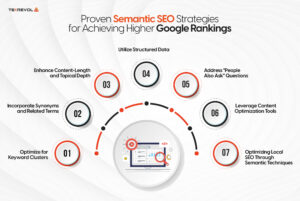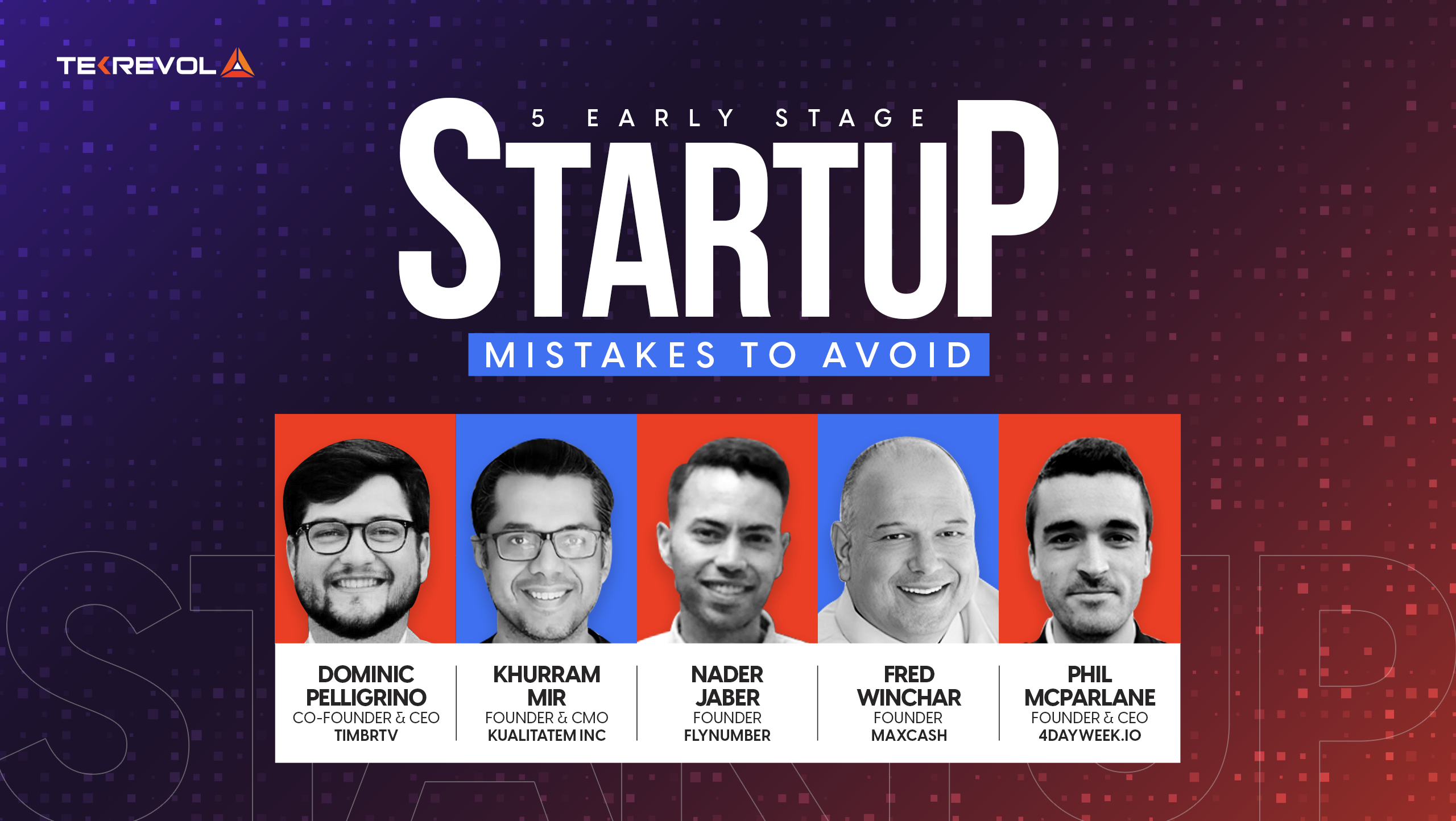Search engine optimization is still continually progressing and evolving, from the classic focused state of keyword adjustments to the era of semantic search. The days of ranking with keyword stuffing are long gone.
Google’s algorithms have developed to the point where they can handle natural language processing and understand the true intent of the user’s inquiry. Semantic SEO is now aiding marketers by increasing search engine rankings and click-through rates (CTR).
As search engines grow more intelligent, implementing semantic search engine optimization is critical to increasing a website’s competitiveness in the digital environment.
To digital marketers and SEO experts, this change calls for depth in content, user focus as well and how search algorithms in the programs comprehend information. Businesses must prioritize their online presence by getting proper SEO services and digital marketing services, to succeed in today’s competitive market.
In this guide, you will learn the best practices of Semantic SEO that not only boost your rankings but also drive business success, but first understand what semantic search optimization is and why it is important.
So, let’s get started!
- Looking For Result-Driven SEO Services to Improve Your Business Online Presence?
- Our SEO specialists can help you boost rankings and drive traffic.
What is Semantic SEO?
Every time a user searches for something, search engines act like detectives, attempting to solve the case of their purpose. Semantic SEO helps these investigators connect the concepts and meanings of words and subjects in relevant ways.
In the current year especially from the start till now Google and Bing, use semantic analysis to understand easy language as used by human beings to provide improved search leads that are semantically inclined.
It’s all about how the terms depend on each other so that the search engines can come up with the most relevant and useful results. So, it is not sufficient to build the SEO strategy on the basis of a single keyword only. For instance, instead of just using “fitness” on a website, a semantic approach would explore other related topics such as fitness workouts, diets, equipment, and trends among others.
To implement the best Semantic SEO practices, you just need to get the services of a reputable search engine optimization agency to improve your search engine rankings.
Also, remember that Semantic SEO also considers natural language processing and Google’s sophisticated algorithms to produce content that meets the user intent. By embracing semantic approaches, SEO specialists can easily build a good authority of the business and improve visibility.
How Google Gets Meaning, Not Keywords
Google’s algorithms are now more than mere keyword matching. The search engine no longer depends on precise phrases, but instead on understanding word relationships, user purpose, and surrounding meaning.
By the use of Natural Language Processing (NLP) and machine learning, Google is able to determine how concepts are related, offering more meaningful and accurate responses.
Businesses, therefore, have to change their SEO strategy from disconnected keywords to detailed, well-crafted content that actually adds value. By integrating topic clusters, entity-based optimization, and semantic relevance, websites can improve their rankings and boost their authority in search results.
Why Old Methods of SEO No Longer Work
The face of SEO has evolved dramatically, rendering old methods such as keyword stuffing and over-optimization through backlinking much less effective. Google places increasing importance on content quality, topicality, and user interaction.
Rather than ranking pages solely by keyword density, search engines determine how well content meets user intent and offers a smooth experience. Companies that continue to employ old methods stand the risk of dropping out of view.
In order to remain competitive, brands need to embrace a more integrated SEO strategy, including structured data, semantic search optimization, and compelling, value-based content that is attuned to today’s search algorithms.
Traditional SEO vs. Semantic SEO: What Sets Them Apart?

Semantic SEO is a more natural way to analyze and optimize pages than standard SEO methods. While traditional SEO entails selecting a focus keyword and modifying your webpage’s content such that it has a good chance of ranking for that specific keyword, semantic SEO is much more than that.
Rather than focusing on the precise words and phrases that a user enters into a search engine, Semantic SEO considers the context, purpose, and other associated meanings of a user search. It is about connecting material to user demands that can be met using key phrases but not exact search queries.
| Aspect | Traditional SEO | Semantic SEO |
|---|---|---|
| Keyword Strategy | Centres around specific keywords and their density. | Focuses on broader, related terms and phrases connected by meaning. |
| Content optimization | Customized content to match exact keywords for ranking purposes. | Optimizes content based on context, meaning, and overall relevance. |
| User Intent | User intent is often secondary to keyword targeting. | Prioritizes understanding and aligning with user intent and needs. |
| Content Depth | Limited to targeting individual keywords, often lacking depth. | Emphasizes comprehensive, in-depth coverage of a topic. |
| Search Algorithm Focus | Aims for higher rankings by keyword match alone. | Focuses on addressing algorithm advancements like NLP and deep learning. |
| Ranking Objective | Targets higher rankings through keyword usage and backlinks. | Achieves better rankings by addressing user queries in a meaningful way. |
| Contextual Relevance | Relies on keyword stuffing and basic SEO techniques. | Considers the entire context of search queries for relevance and value. |
Why Semantic SEO is Important?
Semantic SEO is important since it aims to do more than just use keywords. It increases the likelihood that your content will rank higher by helping search engines recognize and comprehend the value or significance of what you are providing.
Key Elements of Semantic SEO
Semantic Search: This strategy also helps search engines better understand the true meaning of a single query by focusing on the sense and context used only during the search term process.
Entities: In semantic SEO, entities are concrete individuals, geographic regions, objects, or ideas. These entities are recognizable by search engines and create a database of connections that lets the search engine understand the subject of your content.
Knowledge Graph: A knowledge graph is a tool that involves creating a map of different items and their interconnection. This information is used by search engines like Google to give more accurate and personalised search results which are usually elaborate.
Schema Markup: The data is inserted into your website’s HTML code to help search engines comprehend the material on your page. With the help of schema markup, you can allow such features as rich snippets, knowledge panels, and other enhanced search options.
Latent Semantic Indexing (LSI): LSI is one of the strategies used by search engines to identify associations of terms of concepts in the content created. This assists to define the areas related to your page and refine how the material within it seems applicable to the end user.
Co-Occurrence: Co-occurrence examines the frequency at which particular terms are used simultaneously, either in one document or in several documents. This aids search engines in understanding the relationships of the terms and enhances on relevancy of search results.
Natural Language Processing (NLP): NLP is a branch of AI, through which machines are made to understand language used by people. In semantic SEO use of NLP is for better understanding the meaning and intention behind the phrases and queries included in the content.
Long-Tail Keywords: These are general keywords, which are often long phrases consisting of 3 or more words that are more specific and less popular at the same time. Using long-tail keywords allows for better targeting of specific audiences and makes the content more relevant.
The Key Benefits of Implementing Semantic SEO
Creating the semantic SEO strategy has several benefits for those business companies that decided to set up their presence on the Internet and take higher positions in the ranks of the search engines floods. If you’re unsure whether adopting this approach is right for you, here are some key benefits that can make a real difference:
1. Boosts User Engagement
If the content answers the visitor’s queries in straightforward language, then the visitor will be more inclined to remain on the site. Thus, by effectively addressing their needs, users will continue to browse, as overall engagement rises.
While this longer conversation enhances the user experience, it also informs search engines that the material is beneficial to users, thereby benefiting your SEO.
2. Establishes Your Site as a Trusted Source
Google measures content relevance depending on its E-E-A-T policy that focuses on Experience, Expertise, Authoritativeness, and Trustworthiness. Therefore, by paying attention to the motives for user searches and creating content that fulfils the objective of such a search, you can improve your E-E-A-T rating.
Due to this, Google considers your site as a credible source of information and increases the ranking in search engine results.
3. Increases SERP Rankings
It is more beneficial to prepare a wealth of relevant, vital information that aids in the detailed explanation of the topic rather than simply filling a text with keywords. The major search engines use and rank pages that provide the type of knowledge and precise answers that are desired, increasing the likelihood of your page and its rating in the SERPs.
Semantic SEO tactics ensure that search engines understand your material as meaningful and relevant, allowing you to rank correctly.
4. Enhances Content Quality
When you spend quality time developing and researching the content it surely has a positive impact on the quality of the site. Thus, by going through all these points of concern you will be able to ensure your audience will get all the information they need on a specific topic in one place.
Additionally, it helps users by encouraging them to spend more time on your material and by optimizing it so that search engines will value it more.
Proven Semantic SEO Strategies for Achieving Higher Google Rankings

Semantic SEO includes various approaches to the optimization of your website content so that it is better understood by search engines and more relevant. The ultimate aim is to give an elaborate explanation of the topics and the actual message of your content. Here are some effective strategies to enhance your Semantic SEO:
1. Optimize for Keyword Clusters
Do not concentrate on a single keyword but target some other related keywords that belong to the same semantic field. This refers to combining keywords that relate to content and applying it throughout the website.
Example: Instead of just focusing on “healthy recipes, if you are running a website related to a healthy diet, you may want to target a cluster of phrases such as “nutritious meal ideas”, “quick healthy snacks”, and “easy vegetarian recipes”. This wider approach helps Google understand the relationship between your content and several related terms, thus increasing the possibility of ranking for several keywords.
2. Incorporate Synonyms and Related Terms
With the help of recent revolutionary techniques in Natural Language Processing (NLP), ‘Google’ is capable of identifying synonyms as well as semantically relevant words or phrases; therefore, the method of ‘Keyword Stuffing’ is no longer. However, try to use the synonyms within your content as smoothly as possible for the best results.
Example: If the theme of a webpage is going to be “running shoes” then it will be appropriate to use such phrases as “athletic shoes,” jogging sneakers,” “trainers,” and others. These can be placed in headings, meta descriptions, and image alt tags which in turn makes the content more enriched and easily understandable by the user.
3. Enhance Content-Length and Topical Depth
Even though content length is not one of the Google Ranking factors, the studies show that contents that are long and detailed perform better in search results. It is essential to give as much data as possible connected with your topics and to present the material enlightening from a various point of view instead of giving only simple reasons for a problem.
Example: If you have a blog post on ‘the benefits of yoga’, then do an expert tutorial instead of a summary; explaining various kinds of yoga, their health implications, for beginners and other exercises like meditation. This comprehensive procedure informs the search engines that your content is highly authoritative and beneficial.
4. Utilize Structured Data
Structured data is an excellent approach to expressing the semantics of text to search engines. The use of schema markup guarantees that the attributes of a given content and its environment are clearly stated.
Example: For an online store, using the product schema to describe an item allows you to build on necessary information such as the product’s name, price, availability, and reviews. When search engines can extract this type of structured data, it increases the relevance and importance of your article in the search results list.
5. Address “People Also Ask” Questions
Another way to enhance the semantic depth of the content is to respond to frequently asked questions about the primary keyword. The “People Also Ask” or PAA is also included in Google where it shows the most searched questions related to the search query, and will also attract a lot of traffic if answered by your post.
Example: If your website is about digital marketing, find out the PAA questions such as ‘What is SEO?’ or ‘How to launch a social media campaign?’ and incorporate the answers into your content piece. This can also improve your relevance to the semantic query and place your website page among the top choices for users.
6. Leverage Content Optimization Tools
Content optimization tools are useful for deciding what related semantic terms might be relevant, which you may not have thought about. There is a way to use the features of applications such as AnswerThePublic, SEMrush, and Grammarly to view topics that dominate the top content.
Example: having access to SEMrush, you can define the most successful materials associated with the keyword ‘personal finance’ and establish that it is used in conjunction with such terms as ‘budgeting tips,’ ‘saving strategies,’ and ‘investment options.’ If you include these in your content, you not only improve the relevance as such but also its topical depth critical for Semantic SEO.
7. Optimizing Local SEO Through Semantic Techniques
Semantic local SEO is therefore important for any business that operates in a certain geographical region. This entails the process of local search engine optimization of your website, improving your Google My Business listing, and local listings.
Searching location-based terms and making content related to specific location’s events or attractions helps improve visibility. Additional recommendations and the use of structured data like Local Business schema also enhance search rankings.
Example: A local business, such as a local coffee shop that wants to rank for ‘best coffee shop in Downtown Seattle’ should request an update on its Google My Business listing and should create content about local Seattle events to drive more local traffic.
How TekRevol Can Help You with a Semantic SEO Strategy to Improve Your Business Visibility?
Semantic SEO requires the use of the right tools and strategies to work as expected. There are a lot of things you need to consider regarding SEO and knowing about them alone can be quite overwhelming. This is why, having a team of professionals can turn the trick and give your business the much-needed boost.
TekRevol offers a full range of SEO and digital marketing solutions to ensure the desired increase in traffic and sustainable growth.
Our specialized employees provide you with professional advice and set out an individual plan based on your specific business requirements. As we work to improve your website’s ranking and increase your visibility online, our goal is to increase traffic with a high potential for purchases.
- Ready to grow your business online?
- Our SEO experts can help improve your business visibility with technical SEO solutions!

 3559 Views
3559 Views March 24, 2025
March 24, 2025









